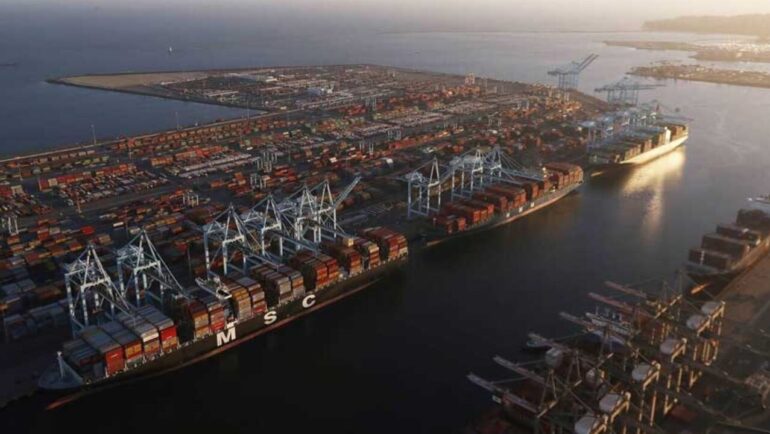Newspaper Article 01/12/2020
The term “Indo-Pacific” was initially employed by Australia. The Australian White Paper titled: “Australia in the Asian Century” (published in October 2012) envisioned the Western Pacific Ocean and the Indian Pacific Ocean as “one strategic arc”. As per the definition, the term ‘Indo-Pacific’ is an advance construct to describe Asia Pacific. The term projects the “Geographic Corridor, traversing the Indian Ocean through to the Western Pacific Ocean and of India. ”The US has been an ardent proponent of Indo-Pacific political construct. In October 2017, the then Secretary of State Rex Tillerson during a speech in Washington described “Indo-Pacific as the entire Indian Ocean, the Western Pacific, and the nations that surround them.” The speech pointed to India and the US role in the region as “the Eastern and Western beacons” of the Indo-Pacific respectively. In December 2017, the US National Security Strategy (NSS) defined Indo-Pacific “stretching from the West coast of India to the Western shores of the US”. This description of Indo-Pacific coincides with the area of responsibility of the US Pacific Command (USPACOM).
The concept of Indo-Pacific aims to expand the region’s scope. This shows that the states’ perceptions about region’s geographic specifications changes with evolving political developments
The Indo-Pacific political construct, like any other terminology has evolved over the years. The term as its name implies refers to Indian and Pacific Oceans along with adjoining countries. The Indian and Pacific Oceans comprise of trading routes and SLOCs (Sea Lines of Communications), which make them significant to regional and global players. By this angle, the term is a broader description as it reflects the linkage of Indian and Pacific Oceans. The placing of India in Indo-Pacific is another facet of the construct. India is an Indian Ocean littoral state, which qualifies the country’s position in the Indo-Pacific strategic arc. India shares land boundary with Southeast Asian country – Myanmar, and is also a Full Dialogue Partner (FDP) with ASEAN. The US and the regional countries in particular, Australia, Japan and Singapore foresee India’s larger role in the region. The US-India strategic partnership has also earned India support in the Indo-Pacific political construct. Prime Minister Narendra Modi’s comments on the need to resolve the South China Sea disputes, a joint strategic vision with the US for the Asia Pacific and the Indian Ocean region are a testament to this. India is part of the US led political structures in the region, including the Quad (Quadrilateral Security Dialogue) and the rebalance strategy. India in backdrop of its ‘Act East policy’ has strengthened military ties with the regional states. Prime Minister Narendra Modi has categorically pointed towards India’s emerging role in Indo-Pacific region. Prime Minister Modi’s speech at the Shangri-La Dialogue (Singapore, June 2018) described Indo-Pacific as a region “from the shores of Africa to that of the Americas, constituting the Indian and Pacific oceans, and surrounding countries.”
The concept of Indo-Pacific aims to expand the region’s scope. This shows that the states’ perceptions about region’s geographic specifications changes with evolving political developments. The states’ in order to adjust to geopolitical developments reorient their foreign policies. The rise of China, the rebalance strategy and the Act East policy have impacted the region’s landscape. The regional states in tune to the prevailing trends make adjustments. Thereby, the geographic description of a region is reflective of states’ perceptions.
The political environment wherein India is an ally of the US and has strengthened the politico-military ties with countries of Asia Pacific forecast India’s emerging role in the region. China on the other hand has secured political allies along the periphery of Indian Ocean and will emerge strong economically. These developments predict China and India as competitors.
Researcher at Islamabad Policy Research Institute (IPRI)
Disclaimer: The views expressed in the article are of the author and do not necessarily represent Institute’s policy.

